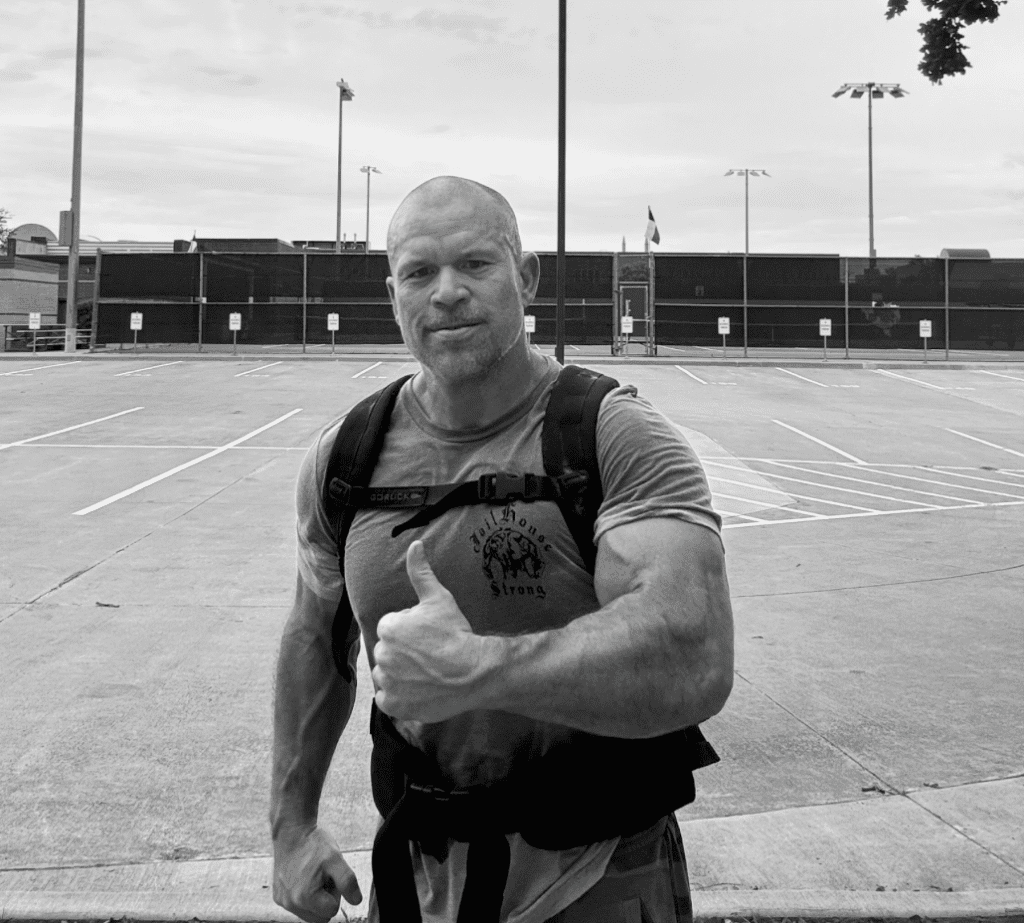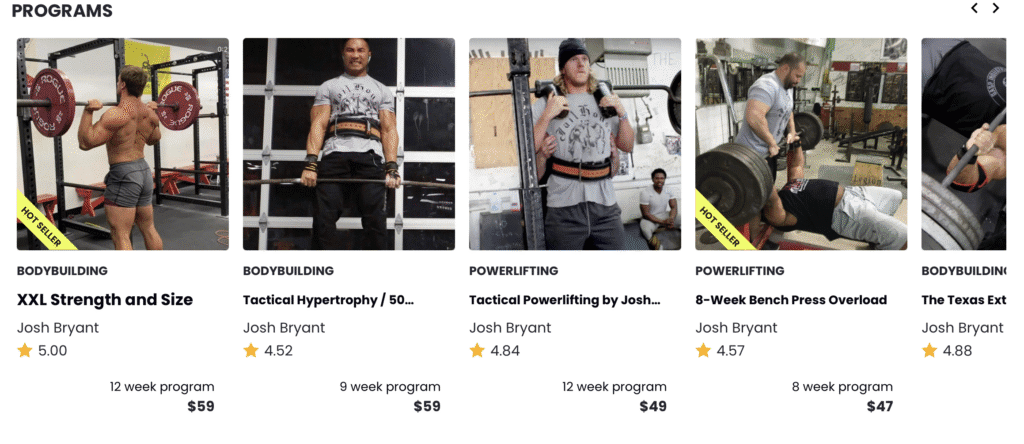Your Calves, Your Second Heart, and Why Context Runs the Show
by- Josh Bryant

Folks argue all day about whether walking counts as exercise.
If you cracked the top 10 at the Boston Marathon last year, a 20-minute stroll after dinner is basically active recovery—like flossing your teeth, not pulling one. But if you’re 450 pounds, logging 800 steps a day, and rocking a resting heart rate north of 100? That same walk is training, plain and simple.
Context rules the iron game and everything else. Ten barbell squats with just the bar isn’t training for Branch Warren—but it’s a mountain climb for a 60-year-old woman just stepping into strength. Your power-drinking merchant-marine cousin might laugh at a six-pack of Coors, but for a lifelong teetotaler, that’s getting drunker than Cooter Brown on Uncle Fester’s moonshine.
So what about steps? The fitness industry loves to dangle magic numbers, and the crown jewel is 10,000 steps a day. Does it matter? Yep—and here’s why.
Your calves—soleus and gastrocnemius—aren’t just vanity meat. They’re your second heart. Every time they contract, they squeeze deep veins, pushing blood uphill against gravity. That pump keeps blood from pooling, keeps swelling down, and keeps clot risk lower than a limbo stick.
Science backs it up: journals like Phlebology and Journal of Vascular Surgery show that long bouts of sitting turn that calf pump off, jacking up venous pressure and clot risk. A 2018 Journal of Physiology study flat-out proved it—sit still, and blood stagnates; move, and circulation comes back online.
Here’s how step counts stack up:
- 2,000–3,000/day: You’re alive, but barely moving the needle.
- 4,000–5,000/day: Mortality risk already starts dropping.
- 6,000–8,000/day: Heart health, blood sugar, stroke risk—all trending right.
- 7,500/day: For most folks, this is the sweet spot for longevity.
- 10,000+ steps/day: Still gold for conditioning and body comp, but the health curve flattens some.
Here are extra benefits of keeping the “second heart” pumping with walking and calf activity:
- Blood sugar control: Walking after meals improves glucose uptake and insulin sensitivity.
- Blood pressure: Regular walking reduces systolic/diastolic blood pressure.
- Joint health: Low-impact loading nourishes cartilage and strengthens ligaments.
- Bone density: Weight-bearing movement maintains stronger bones, especially in the hips and spine.
- Weight management: Adds up to higher daily energy expenditure without frying your CNS.
- Mental health: Walking improves mood, lowers anxiety, and sharpens cognitive function.
- Lymphatic flow: Muscle contractions also push lymph, boosting immune health and reducing inflammation.
- Longevity: Step count directly ties to lower all-cause mortality in large population studies.
- Recovery tool: Gentle walking flushes waste products from muscles, aiding post-training recovery.
The calves aren’t just decoration or the punchline to bodybuilding jokes—they’re workhorses that drive circulation, recovery, and long-term health.
Bottom line: Don’t treat 10k like scripture. The goal is keeping that “second heart” pumping. Break up the day with 5–10 minutes of walking, standing, or calf raises and you’re protecting circulation and heart health. Walking won’t forge a world-class VO₂ max, but it delivers a laundry list of benefits you’d be foolish to ignore.
Start today with one of Josh’s Programs HERE

